A groundbreaking text and reference book on twenty-first-century classical physics and its applications
This first-year graduate-level text and reference book covers the fundamental concepts and twenty-first-century applications of six major areas of classical physics that every masters- or PhD-level physicist should be exposed to, but often isn’t: statistical physics, optics (waves of all sorts), elastodynamics, fluid mechanics, plasma physics, and special and general relativity and cosmology. Growing out of a full-year course that the eminent researchers Kip Thorne and Roger Blandford taught at Caltech for almost three decades, this book is designed to broaden the training of physicists. Its six main topical sections are also designed so they can be used in separate courses, and the book provides an invaluable reference for researchers.
- Presents all the major fields of classical physics except three prerequisites: classical mechanics, electromagnetism, and elementary thermodynamics
- Elucidates the interconnections between diverse fields and explains their shared concepts and tools
- Focuses on fundamental concepts and modern, real-world applications
- Takes applications from fundamental, experimental, and applied physics; astrophysics and cosmology; geophysics, oceanography, and meteorology; biophysics and chemical physics; engineering and optical science and technology; and information science and technology
- Emphasizes the quantum roots of classical physics and how to use quantum techniques to elucidate classical concepts or simplify classical calculations
- Features hundreds of color figures, some five hundred exercises, extensive cross-references, and a detailed index
- An online illustration package is available

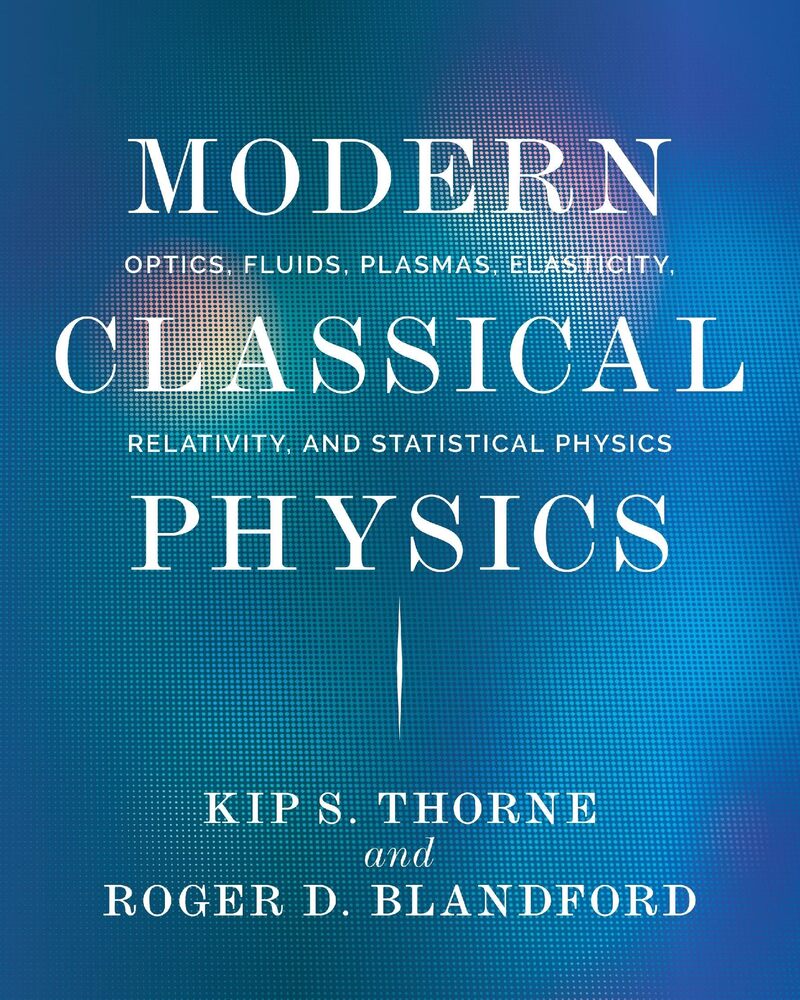
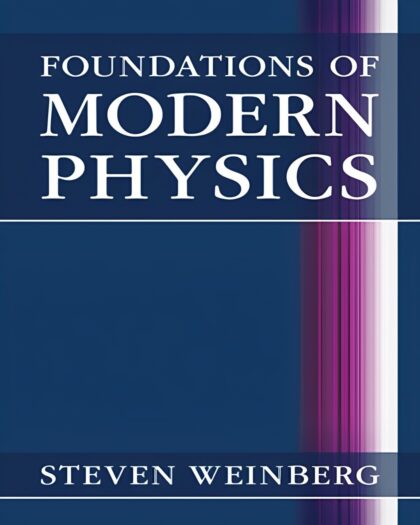
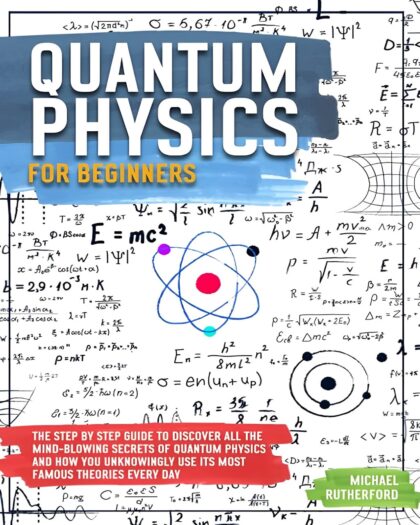
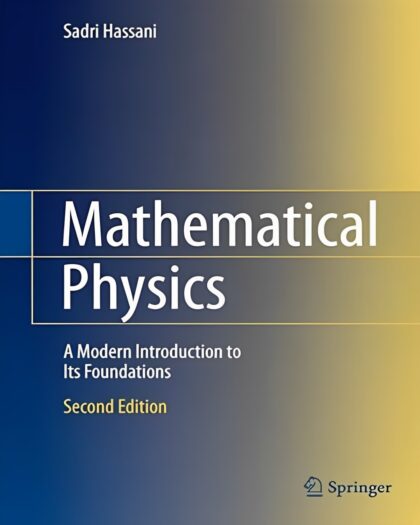
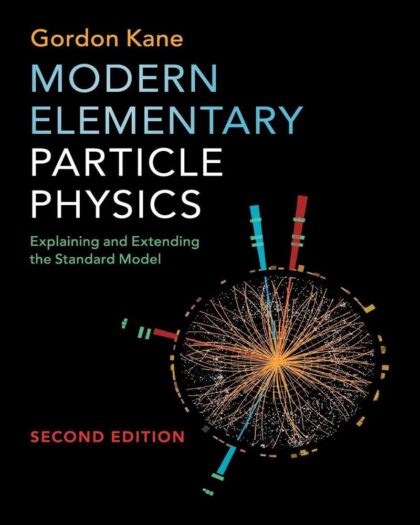
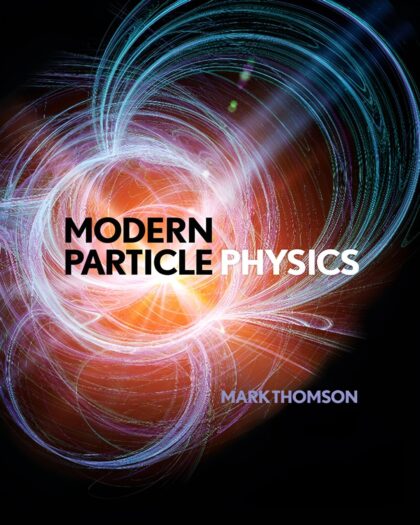
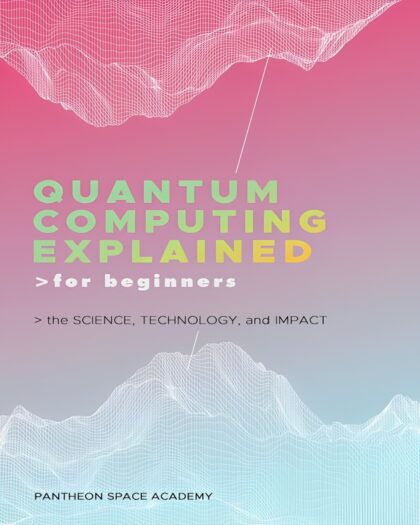
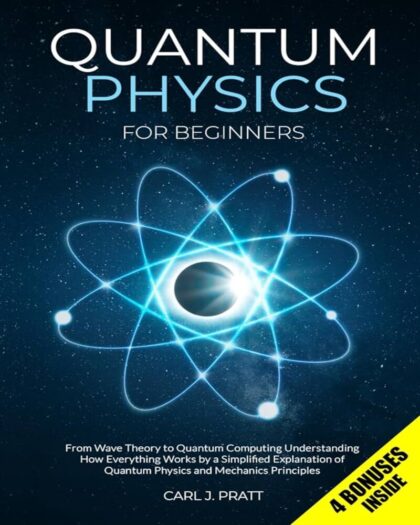
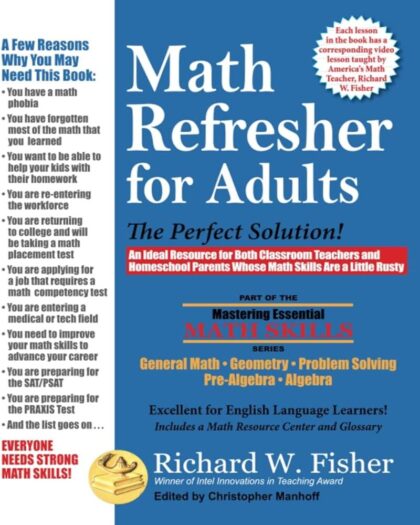

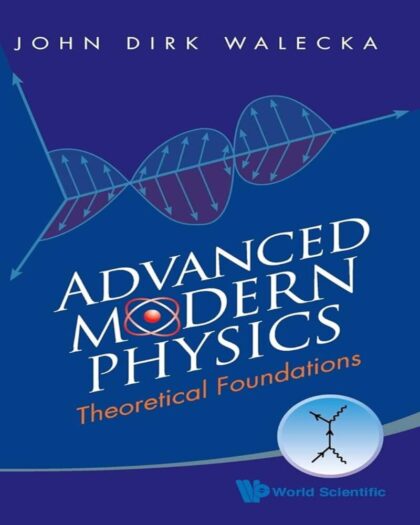

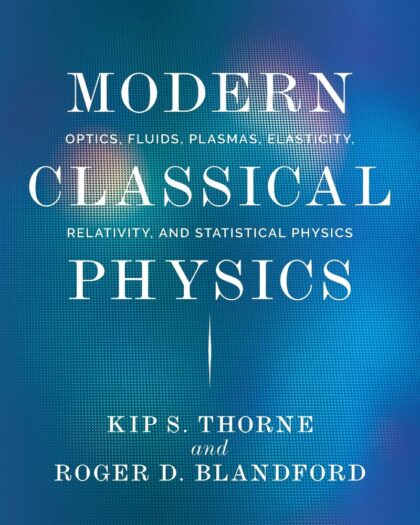
This is probably one of the best self-teaching texts I’ve encountered.
The overall presentation of the text exceeds the standard-- free of clutter and aided with timely and accurate visual representations of diagrams and/or images of real phenomena. The mathematical operations used in the book are pretty much standard as far as undergraduate mathematical physics with the exception of some new (at least new for me) notations which are introduced in hopes of supplementing the book's "geometric approach" to physics.
An important note to make is that the physics isn't changed in this process, but rather just the viewpoint in which it is observed. Thorne and Blandford clearly show that this is the case early on,in spite of some differences in the mathematical language as compared with many other modern texts. These differences are quite minor once you get a grip on them, and I myself have been able to substitute their notation with my own with little effort (though there is no difference computationally).
Most of the topics covered (if not all) will be supplemented with real life applications demonstrated in examples and exercise. Do note that many of these are quite sophisticated and that the authors encourage the readers to use external references if needed.
If you are familiar with Special Relativity, I recommend skipping the first chapter on it until GR is introduced, and then returning to it for some guidance on notation. Otherwise, the entire chapter is pretty standard in terms of key concepts and computations. It isn't used much by itself throughout the book and when it is, a pretty simple translation from nonrelativistic--> relativistic laws is normally offered.
The book is dense and powerful, but does not lack mathematical sophistication. Be prepared for the maths! Thank you Thorne and Blandford and everyone else who worked on this masterpiece... I know I will probably use this as a reference for decades to come.
"In this book, a central theme will be a Geometric Principle: The laws of physics must all be expressible as geometric (coordinate-independent and reference-frame independent) relationships between geometric objects (scalars, vectors, tensors,...) that represent physical entities."
Kip Thorne, Charles Misner, and John Archibald Wheeler attempted to fulfill this same geometric vision for General Relativity in the early 1970s with the publication of the 1279-page landmark work, Gravitation. One can therefore see this recent book by Blandford and Thorne as the extension of the geometric program to many areas of classical physics. For those of us who are "true believers" in the geometric program, this book is a welcome addition to the literature.
One remark on the physical quality of the book under review. Despite having 1511 pages, the book is hardbound and sturdy enough to hold up under years of study. The paper quality is first-rate, and there are even color graphics scattered throughout. Princeton University Press is to be commended for producing a first-class textbook at a reasonable price. Their recent hardbound republication of the classic book Gravitation is also extremely well done, and for an amazingly low price.
For more, read the Princeton University Press Blog, including an interview with 2017 Nobel Prize winner Kip Thorne and Roger Blandford. Regarding this book, read: "LIGO’s gravitational wave detectors rely on an amazingly wide range of classical physics concepts and tools, so time and again we draw on LIGO for illustrations. The theory of random processes, spectral densities, the fluctuation-dissipation theorem, the Fokker-Planck equation; shot noise, thermal noise, thermoelastic noise, optimal filters for extracting weak signals from noise; paraxial optics, Gaussian beams, the theory of coherence, squeezed light, interferometry, laser physics; the interaction of gravitational waves with light and with matter; the subtle issue of the conservation or non conservation of energy in general relativity— all these and more are illustrated by LIGO in our book." (10/12/2017, Kip Thorne, Princeton University Press Interview).
Addendum (August 2019):
An engineering student lamented about his academic performance in a recent course of fluid dynamics. Happily, Thorne and Blandford can be recommended as an excellent guide on this topic. Having read Feynman (volume two, chapters 38 through 41) and having viewed videos relevant to the topic (referenced here pages 731 and 790; films from the Committee for Fluid Mechanics, now available Youtube), you are prepared to tackle Thorne and Blandford, their chapter 12, 13 and 14. These chapters are replete with insight. I enjoyed, and highlight: “analysis of fluid flow based on some general ideas that ought to be familiar from other areas of physics.” (pages 750-752). The analysis is a crash-course in “how to think like a physicist."
I agree with other reviewers, I wish it came as 4 or so volumes instead of one - it's really big and heavy
More after I've made some progress.
If you took the hint and guessed Modern Classical Physics: Optics, Fluids, Plasmas, Elasticity, Relativity, and Statistical Physics by Kip S. Thorne and Roger D. Blandford, you would be right.
Yes, my hard copy finally arrived.
Fans of Thorne's previous collaboration in the monster <strike>truck</strike> textbook category, Gravitation, with Misner and Wheelermay be heartened to note that MCP shares the same large page format, has nearly 300 more pages, and weighs a lot more, thanks in part to its hardcover format.
As to exactly why this was published as a single volume, rather than three, four or even five normal sized textbooks, I can only speculate, but my favorite is that it is the author's thumb in the eye to the stereotype of the puny and pusillanimous physics major. Pack this and MTW around campus for a while and you will soon have calves and guns like Dwayne Johnson.